Manta Point, or Karang Makassar, is one of the most awe-inspiring marine experiences in Komodo National Park. Here, the highlight isn’t just the reef — it’s the graceful ballet of reef manta rays gliding through the current. For divers and snorkelers, this is as close as it gets to swimming alongside one of the ocean’s most majestic creatures.
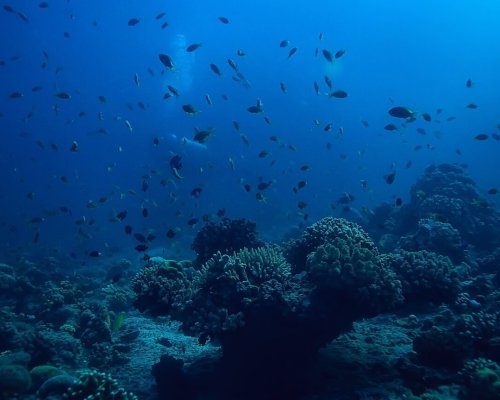
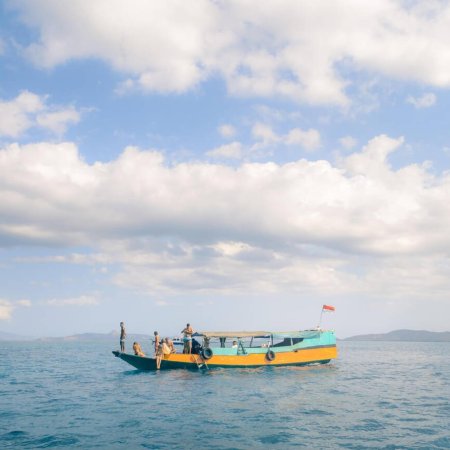
Unlike many other diving and snorkeling sites in the park, Manta Point doesn’t look particularly dramatic from the surface — just a long stretch of shallow turquoise water with darker patches of coral. But beneath the surface, the magic begins. The area lies along a natural cleaning station, where manta rays gather to have tiny cleaner fish remove parasites from their skin.
Spotting the first shadowy outline of a manta ray is a heart-stopping moment — they can have wingspans of up to 3–5 meters. Their movement is slow and fluid, almost hypnotic, as they loop and glide in the current.
1. Snorkeling with Mantas
Snorkelers are often dropped in the current and drift along the reef, letting the mantas come into view. The key is to stay calm, float still, and let the animals approach you — they are curious by nature and sometimes swim within arm’s reach.
2. Diving at Manta Point
Divers can enjoy both the shallow cleaning stations and deeper drift dives along the reef. Marine life here includes:
3. Photography & Filming
Underwater photographers will want a wide-angle lens to capture the full wingspan of the mantas. Midday light often penetrates best, highlighting the patterns on their backs.
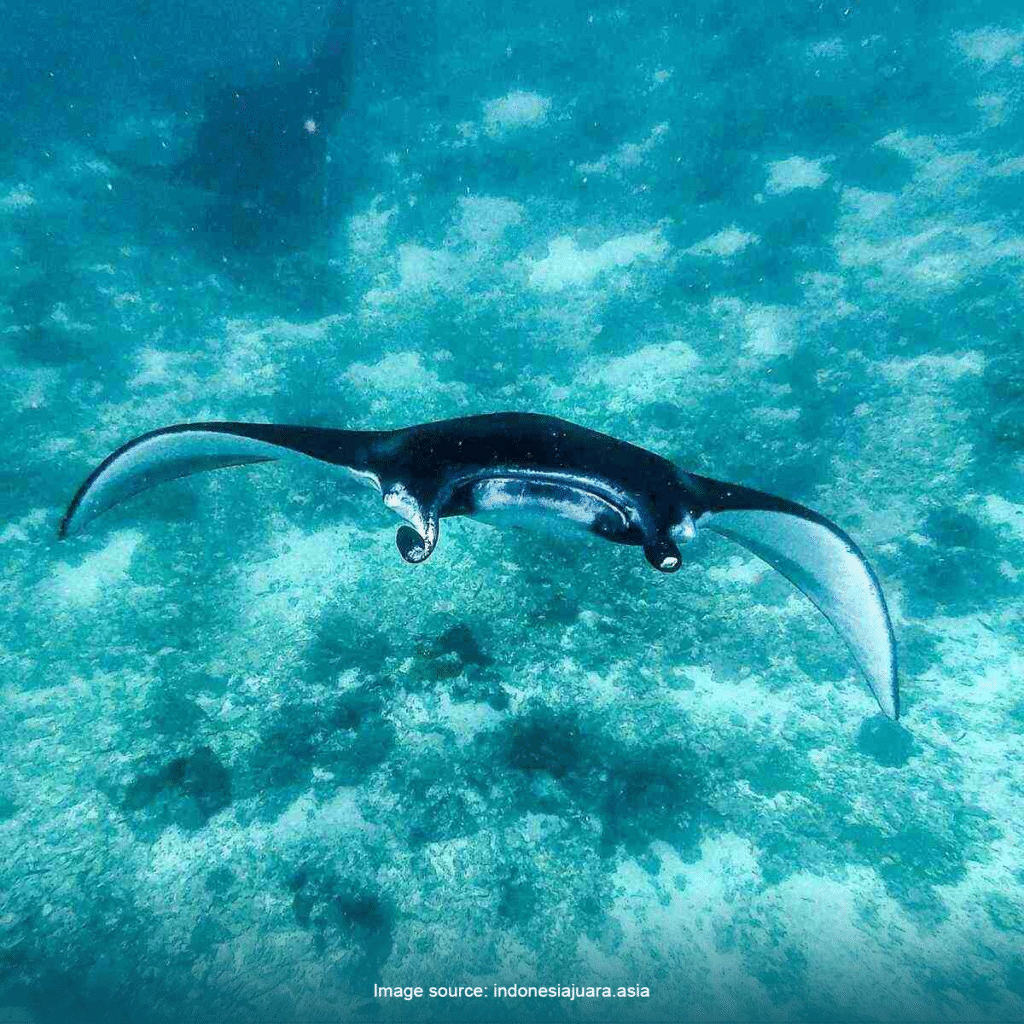
Mantas can be seen year-round, but sightings peak during December–February and May–October, when plankton blooms are more abundant. Early morning trips often have calmer waters and better visibility
Manta Point is located between Komodo Island and Tatawa Island, accessible from Labuan Bajo by boat.
It’s usually visited alongside other Komodo National Park highlights such as Pink Beach, Padar Island, or Taka Makassar sandbank.
Safety Note: Currents here can be strong. Always go with a licensed guide or dive operator, wear a life vest if snorkeling, and never chase or touch the mantas.
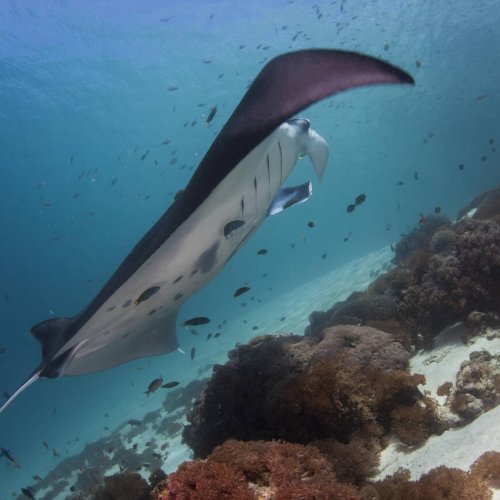
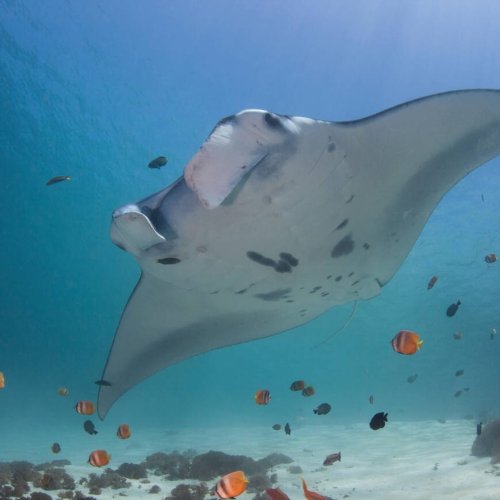
Pros
Cons
Manta Point is less about adrenaline and more about wonder. Floating above a manta ray as it sweeps past feels like being in a slow-motion documentary scene. For many travelers, it becomes the most unforgettable moment of their Komodo adventure.
Travel Reviewer’s Rating: ★★★★★ (5/5) – A must-do for marine wildlife lovers, offering an experience you’ll replay in your mind for years.